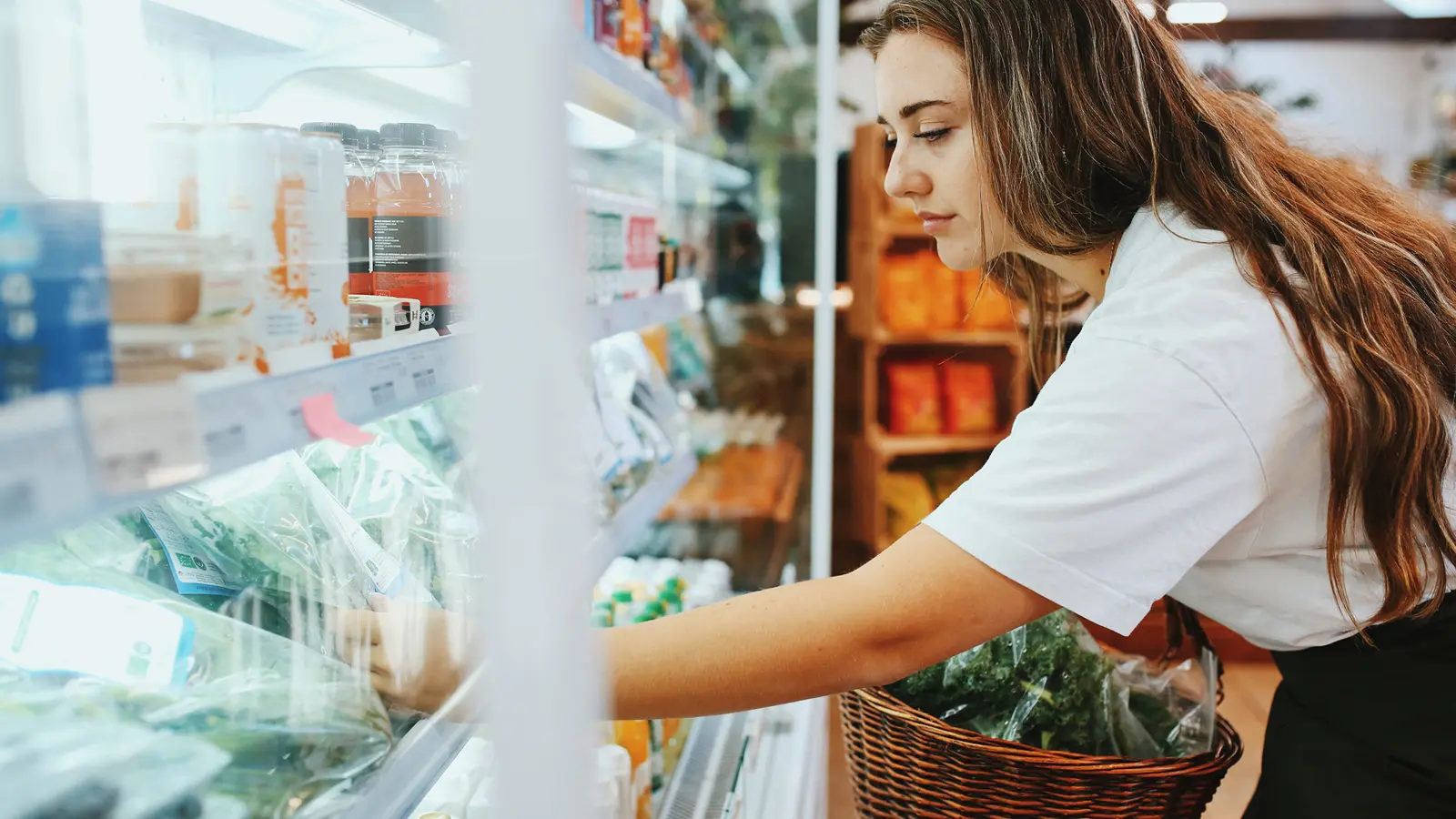In recent decades, organic farming has not been at the centre of international efforts to understand and achieve sustainability. But things have been changing. In fact, at the present moment things appear to be changing rapidly.
Increased investment across EU member states in recent years, together with the creation of ambitious targets, are prompting a new confidence with respect to the livelihoods of organic farmers and the growth of the organic market. There is a sense that the organic movement, at one time a kind of niche enterprise, something for environmental idealists only, is close to entering the mainstream.
In his 2005 book Organic Futures: The Case for Organic Farming, Adrian Meyers makes the case for organic farming as an essential alternative to mainstream practices. While in tune with the current Irish governmental view, Meyers is more of an insider and more of an activist. He certainly sees the organic method as ‘more respectful’, but in Organic Futures that distinction is a matter of environmental urgency. ‘Only sustainable agriculture and horticulture’ Meyers writes, ‘have any sort of future when it comes to food production. By definition only sustainable forms of farming and horticulture will continue to survive, by whatever name you like to call them, whether biological, ecological, sustainable, fertility, biodynamic, organic. On the other hand, a system of husbandry that has a tendency to denude and pollute the natural fertility of the soil, is by definition without a long term future …’
Meyers was a visionary in his own right, and his work belongs in the tradition of writers like Wendell Berry and Rachel Carson who knew that denuding and polluting were dominant practices and that, as environmental thinkers, they were up against an aggressive commercial system, one that refused to recognise the human and environmental consequences of its pursuit of increasing yield and profit.
Those very consequences have led to a crisis point in history, and a kind of double reality. On one side there is the fact that humanity continues to pursue destructive practices that advance the loss of biodiversity and increase the risk of runaway climate change. On the other, the best solutions to our shared problems are now clearer than ever.
In 2021, the EU Agriculture Commissioner Janusz Wojciechowski could scarcely have sounded more idealistic at the announcement of the long-awaited launch of the EU’s ‘organic action plan’. He stated that organically farmed fruit and vegetables are ‘healthier’ when compared to food produced by chemically assisted methods in the conventional system. And he went further, saying that while EU regulations ensure that consumers can trust the safety and quality of all food purchased in the EU, organic methods of production ‘guarantee higher standards of health.’
Wojciechowski concluded that he would like to see all agriculture in Europe farmed organically. ‘I’m convinced that with this plan, we will increase the area of organic farming and organic food production to the benefit of human health, the environment, the climate and animal welfare.’
There are two other prongs in the EU’s current organic action plan: the boosting of production, and, in a signal of longterm commitment, the improvement of the sustainability of the organic sector itself.
On the production side, the action plan identifies that at present approximately 8.5% of EU agricultural land is farmed organically. By 2030, at the current steady pace of expansion, that percentage could increase to 18%. But with the full deployment of the policy ‘toolkit’ of the action plan, it is foreseen that the EU can reach 25% by 2030.
There’s no doubting that the momentum generated by EU’s investment in the organic sector is real and that it offers hope for sustainability in food production and for environmental renewal. The focus on both production and on the organic market form a kind of dedicated pincer movement. The organic logo will no doubt be increasingly recognisable and increasingly present.
But the third theme in the EU’s organic action plan suggests an even greater idealism. Funding is now being directed towards enhancing the green credentials of the organic sector itself. Opportunities for research and innovation with respect to further minimising the sector’s carbon footprint have been created. There are plans to make organic seeds more readily available, plans to identify ways to phase out the use of plastic, and minimise the use of water, as well as a vision for increasing the standards of animal welfare on organic farms.
Fishing is also now included, which means organic farming looks set to become synonymous with both land and sea. In the bright future that all of this suggests, blue might soon be the new green. Until then, in the right light, and despite our uphill struggles, the green we’re trying to protect looks greener than ever.




